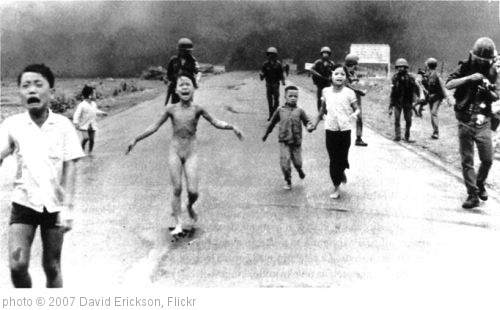 Two worlds. The first world is our world, and various historical events and places make an appearance in this magical realism/fantasy/folktale story about escape from persecution and horror and about forgiveness and peace-making. The second world is only accessible through a crack in the sea that only opens at unexpected times to people with unexpected gifts, like the gift of talking to fish or that of walking on the bottom of the sea.
Two worlds. The first world is our world, and various historical events and places make an appearance in this magical realism/fantasy/folktale story about escape from persecution and horror and about forgiveness and peace-making. The second world is only accessible through a crack in the sea that only opens at unexpected times to people with unexpected gifts, like the gift of talking to fish or that of walking on the bottom of the sea.
Three stories. The first story is about Pip, the boy in the second world who can talk to fish. And the second is about Venus and Swimmer, two young people captured in Africa in 1781 and taken on a doomed slave ship, and how they escape. The third is about Thanh and his sister Sang, boat people from South Vietnam whose escape from their own war-torn country goes terribly wrong when they meet with storms and pirates and near-starvation.
A Crack in the Sea is also another story about the power of stories. Although I believe in the “power of stories”, that particular meme is getting a little shopworn. Nevertheless, this novel has some new things to say about tenacity and communication as avenues to restoration and forgiveness. And the author manages to bring the three separate stories together to make a complete picture in a way that was surprising and satisfying.
The question, of course, is what do all of these characters and situations have to do with one another? And indeed, it’s not really clear until near the end of the book’s 350 pages what the relationship is, but trust in the author and the book is part of the journey. If you are interested in reading more fantasy featuring diverse characters, people of color, brother/sister relationships, and peace-making themes, A Crack in the Sea is the book for you.
Amazon Affiliate. If you click on a book cover here to go to Amazon and buy something, I receive a very small percentage of the purchase price.
This book may be nominated for a Cybils Award, but the views expressed here are strictly my own and do not reflect or determine the judging panel’s opinions.


